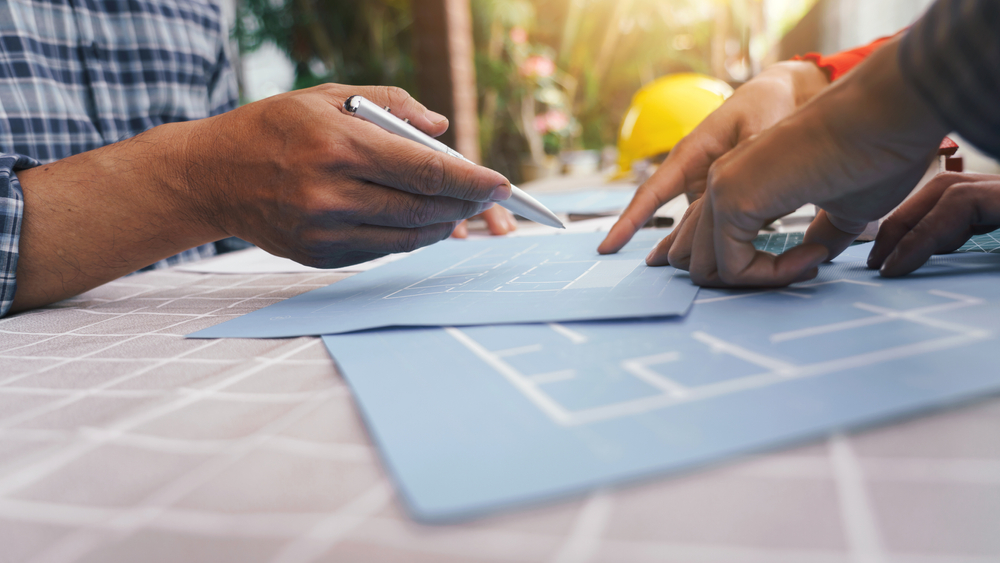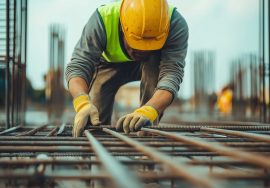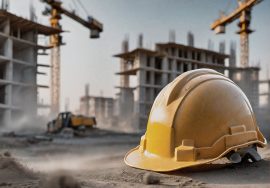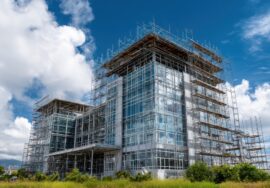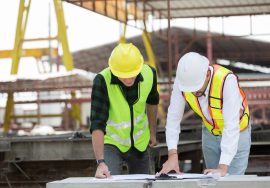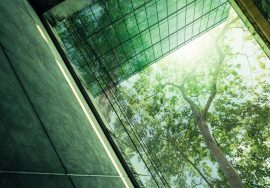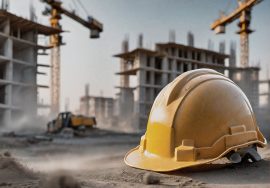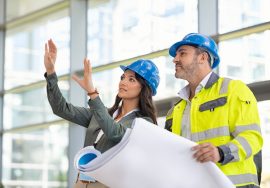Sustainable Building Design: Creating a Greener Future
Sustainable Building Design: Creating a Greener Future
Introduction
Sustainable building design is transforming the construction industry by integrating eco-friendly practices to minimize environmental impact and enhance energy efficiency. By prioritizing resource conservation and long-term sustainability, these designs create healthier living and working spaces.
Key Principles of Sustainable Building Design
1. Energy Efficiency
- Passive solar design to optimize natural heating and cooling.
- High-performance insulation to reduce energy consumption.
- Energy-efficient lighting and HVAC systems to lower electricity use.
2. Sustainable Materials
- Recycled and locally sourced materials to minimize carbon footprint.
- Bamboo, reclaimed wood, and green concrete as eco-friendly alternatives.
- Low-VOC paints and adhesives for improved indoor air quality.
3. Water Conservation
- Rainwater harvesting systems for irrigation and reuse.
- Greywater recycling to reduce fresh water demand.
- Low-flow plumbing fixtures to minimize water wastage.
4. Indoor Environmental Quality
- Natural ventilation and daylighting to enhance indoor comfort.
- Non-toxic building materials for healthier air quality.
- Green roofs and vertical gardens to improve thermal insulation.
Benefits of Sustainable Building Design
Environmental Benefits
- Reduction in carbon emissions through energy-efficient technologies.
- Less construction waste by using renewable and recycled materials.
- Enhanced biodiversity through green infrastructure.
Economic Benefits
- Lower operational costs due to reduced energy and water usage.
- Higher property value with eco-friendly features.
- Government incentives for green-certified buildings.
Social Benefits
- Healthier living spaces with improved air quality and natural light.
- Increased productivity in workplaces with sustainable design elements.
- Community well-being through green public spaces.
Sustainable Building Initiatives in India
India is embracing sustainable building practices with numerous projects:
- Indira Paryavaran Bhawan, New Delhi – A net-zero energy building with solar power.
- Suzlon One Earth, Pune – A platinum-rated green campus.
- ITC Green Centre, Gurgaon – A model of energy-efficient corporate infrastructure.
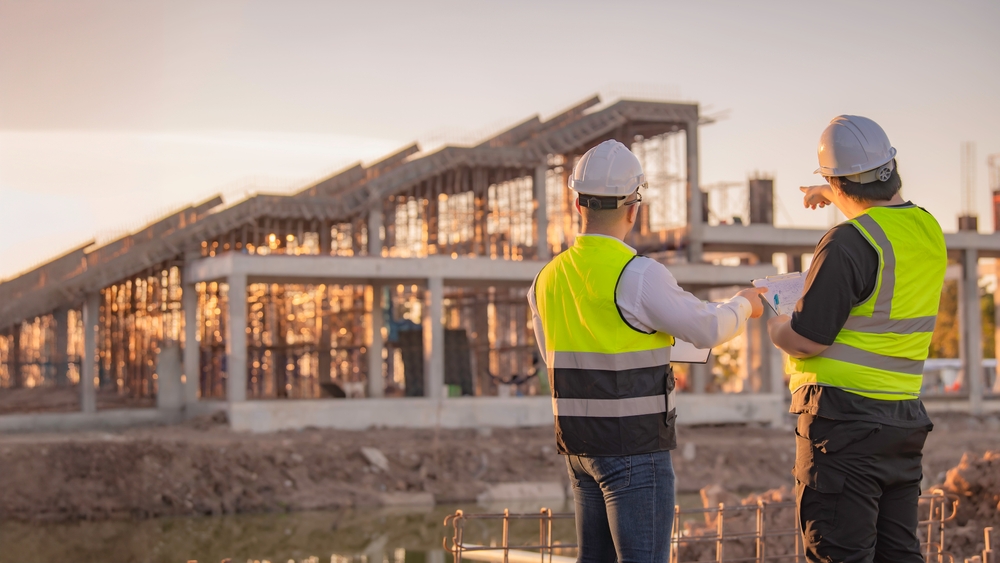
Future Trends in Sustainable Building Design
1. Smart Building Technologies
- IoT-enabled energy management systems to optimize resource consumption.
- Automated lighting and HVAC controls for efficiency.
2. Net-Zero and Carbon-Neutral Buildings
- Integration of solar, wind, and hybrid energy solutions.
- Sustainable construction methods to reduce embodied carbon.
3. Modular and Prefabricated Construction
- Prefabricated materials to reduce construction waste.
- 3D-printed structures for sustainable urban development.
Conclusion
Sustainable building design is essential for a greener and healthier future. By adopting eco-friendly materials, energy-efficient technologies, and resource conservation strategies, we can build a more sustainable world.
For expert guidance on sustainable construction, contact us today.
External References:
Construction Industry in India
- One of India’s largest construction and engineering companies, Campus Construction Cost Optimization provides services including project management, cost control, and engineering consultancy. For detailed information on their offerings, visit. Construction Industry in India
Read more related articles to enhance your knowledge and make informed decisions
10 Essential Steps in the Building Construction Process
How to Choose the Right Materials for Your Construction Project

